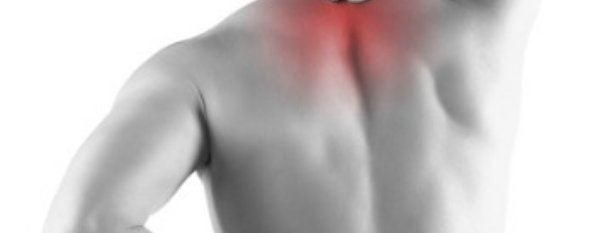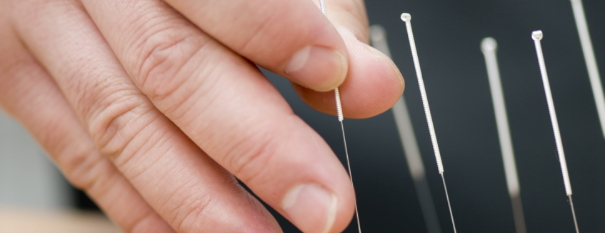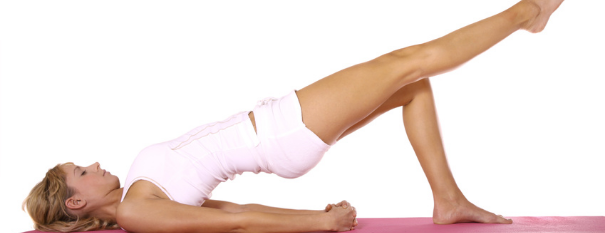Services
1. Physiotherapy - for musculoskeletal issues

An initial assessment is conducted which involves questions regarding your:
- symptoms,
- medical history,
- lifestyle.
Then objective tests are performed including:
- observation of posture and movement,
- range of movement,
- strength,
- neurological tests ( if indicated ),
- any other special tests ( if indicated ),
- palpation of area in question.
From the assessment a diagnosis is made, then in consultation with you, a treatment plan and goals are decided.
Treatment may include 1 or several of the following depending on the problem:
- Manual therapy - joint mobilisations, manipulation, massage.
- Electrotherapy - ultrasound, interferential therapy.
- Acupuncture - for pain relief and to reduce muscle spasm.
- Exercises/Pilates - to restore movement, and to strengthen.
- Postural and coping advice.
At each treatment session, progress is monitored and treatment may be altered depending on progress.
2. Acupuncture for musculoskeletal problems

Aims :
- to reduce pain,
- to reduce spasm,
- to aid healing process.
Used as an adjunct to physiotherapy, eg using acupuncture to reduce pain levels to enable manual therapy or exercises to be performed. The combination ( acupuncture and physiotherapy ) can help to promote recovery and improve quality of life.
Acupuncture involves the use of single-use, pre-sterilised disposable needles of varying widths and lengths, that pierce the skin at the acupuncture points. Your physio will determine the locations of these points based on an assessment of the cause of the problem. A number of needles will be used during each treatment, and these are typically left in position for between 20 and 30 minutes before being removed.
Research has shown that acupuncture:
- promotes local healing,
- reduces pain in the segment where the needles are inserted,
- reduces pain throughout the body,
- has a calming effect and improves wellbeing,
- helps to inactivate myofascial trigger points.
3. Clinical Pilates: 1:1 or 1:2

The founder of Pilates, Joseph Humbertus Pilates, believed that injuries were caused by imbalances in the body and by habitual patterns of movement.
8 basic principles of Pilates:
- concentration,
- control,
- centering,
- precision,
- breathing,
- flow,
- integrated isolation,
- routine.
By focusing on the above 8 principles, Joseph Pilates believed that the exerciser would be able to correct abnormal patterns of movement and hence improve everyday function.
Regular practice of Pilates can help improve flexibility, strength and posture leading to a more toned, balanced and aligned body.
To make an enquiry or to book an appointment please either phone 07572 574624 or email office@dawsonphysioandpilates.co.uk
Physiotherapy

Assessment and treatment of neck and back pain, sports injuries, arthritic conditions, and musculoskeletal problems.
Acupuncture

To reduce pain and muscle spasm, and aid the healing process.
Clinical Pilates

To help improve flexibility, strength and posture leading to a more toned, balanced and aligned body.



